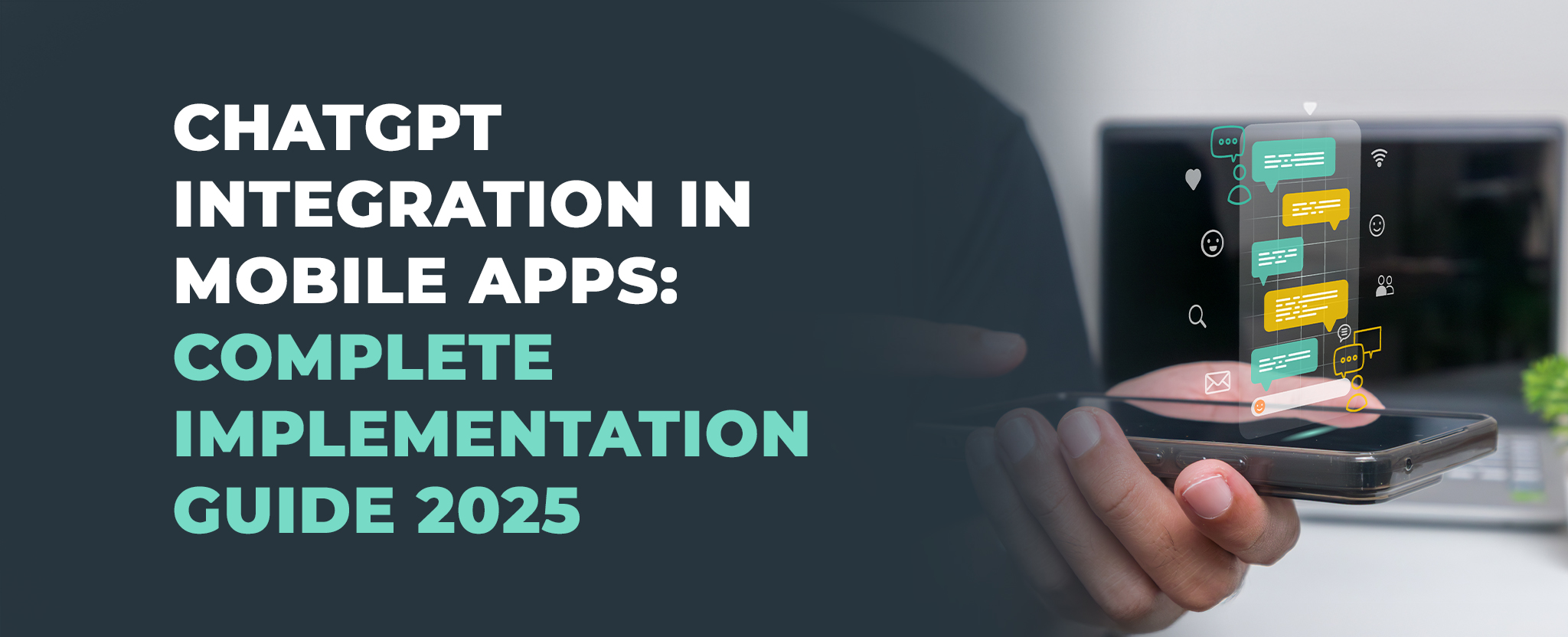6 Mistakes To Avoid When Wireframing An App
4 Feb 25 


Apps require app wireframing, just like a house needs a blueprint plan. They are your app’s skeleton, providing it with general structure and direction. With wireframing a mobile app, you can avoid creating a mess that fails to achieve its intended goals.
However, like any other tool, wireframing an app has pros and cons.
In some unacceptable hands, it tends to be a gigantic channel on your time and assets. At worst, it could confuse your team members and important stakeholders.
As a result, it’s important to know how to do mobile app wireframing properly. Additionally, you can begin by avoiding these six common errors.
Avoiding app sketching on paper
Even though mobile app wireframing is a digital process, analog methods like sketching on paper still exist. Contrarily, this is due to the difficulty of converting your concept into a wireframe. Take, for instance, the concept that set off Uber: What if you could use your phone to request a ride?
It was, without a doubt, novel and creative. However, in that case, how would you put that into an app? How would the user interface appear?
How is a ride reservation made? Will it be easy to use?
By allowing you to visualize your idea, sketching can assist you in answering questions like those.
Drawing on paper is quick, so you can quickly try out however many thoughts as possible to see which one will work. Revisions also require very little effort.
Interestingly, drawing on a computer is substantially more included and tedious. To see what we mean, try timing yourself when drawing a square on paper versus on a computer.
The best part is that drawing is simple and inexpensive. To do it, you don’t need fancy tools or drawing skills. Additionally, you can draw wherever inspiration strikes you, even on a napkin.
It should be no surprise that the most successful apps and websites, such as Twitter, all began as detailed drawings on paper. The quickest and best way to begin wireframing an app is on paper.
So, what are some helpful drawing hints? First and foremost, for app wireframing, keep in mind that speed is the goal. As a result, at this point, concentrating on the specifics can slow you down. The most effective strategy is using straightforward shapes like squares to represent screen elements. Then, add text to the sketch to explain specific aspects.
Incompetent usage of annotations
The notes you add to your sketch or wireframe provide a more in-depth explanation of specific elements. With these labels, you can give other stakeholders correct or sufficient information. A simple static wireframe cannot convey certain aspects of an app, even if it’s just a sketch.
Examples include user interactions and dynamic elements. App wireframing services often use annotations to describe what happens when a user swipes left on an app element. Additionally, you can annotate to describe app elements that are hidden or inactive, as well as the conditions that will bring them into active use.
Annotations, on the other hand, play a crucial role in demonstrating the reasoning behind your choices.
Why did you use a particular method of navigation? What is this feature used for?
These are merely a few inquiries to which your annotations must respond. Because you want your message to align with their objectives, it’s important to know who your audience is. For instance, clients are concerned about how your app will accomplish their business objectives and fulfill the project brief. As a result, they’d expect to see that in the wireframe.
However, developers must know how each screen and feature will function. That gives them the technical information they need to implement it in the final app properly.
No awareness of low-fi and hi-fi frameworks
When wireframing a mobile app, fidelity—also known as the level of detail—is another crucial choice.
Typically, there are two levels of fidelity: high and low. Generally, there are shades in between, which we call mid-fidelity wireframes.
Low-fidelity (low-fi) wireframes are as straightforward as they come. Simple shapes and almost no details are in this framework. Complex elements like graphics and icons are represented by boxes known as placeholders. The purpose of a low-fi wireframe is to convey the app’s overall concept.
During the early stages of development, mobile app wireframing at a low-fidelity level works best when the app’s design and flow are still being refined.
That is because low-fi wireframes are simple and reasonable to change. Because of this, they are necessary for rapidly gathering feedback and revising the design in response to it.
On the other hand, high-fidelity (hi-fi) wireframes are much more intricate. They currently contain a portion of the style and visuals to be utilized in the last variant. Additionally, most incorporate user interaction and interactive elements. If you are already committed to the design of an app but want users to test it first, high-fidelity wireframes are ideal.
Additionally, they are the preferred method for soliciting feedback from customers who may need to be savvier to appreciate a low-fidelity wireframe. To get the most out of your time and resources, it’s important to know when to use which wireframe fidelity.
Including too many details
Balance and restraint are at the heart of wireframing an app. The last thing you want to do is overwhelm the viewer with too many details.
However, more than the internal team is required to carry the risk. Color and typography are also design elements that sway customers into giving incorrect feedback.
For instance, stakeholders may focus on the color of the menu bar or the logo’s aesthetics rather than the app’s flow and functionality.
These aspects are, without a doubt, crucial to UX. On the other hand, design critiques should be reserved for later stages when the app’s components are all in place.
Irrelevant Wireframing
Wireframing a mobile app is now a tedious and involved process. But if you do it for each screen, it might get harder than it needs to be. That is not necessary for you. It harms more than it helps.
So, how can you determine which ones to wireframe?
Starting with your flow is beneficial. In this manner, you will be aware of the core app screens—those that, if removed, will disrupt your flow. The screens you should put first are these.
It is best to wireframe only a template if you are working on multiple screen variations.
In an e-commerce app, for instance, you typically only need to wireframe the product screen template. Even if the product screens in each category are slightly different, wireframing them all wastes time. Remember that speed is everything when wireframing. Therefore, the more quickly you can visually convey your app concept to stakeholders, the better.
Allocating incomplete wireframes to stakeholders
In the app development process, incomplete wireframes and rough sketches have their place. However, displaying them to customers can be harmful. With work-in-progress reports, many developers and agencies like to keep their clients informed.
However, there are better tools for doing that than an incomplete wireframe. Customers may also become dissatisfied with your design choices in an incomplete wireframe, which may change. They might look for these things in the future, making your process more difficult.
Always treat your wireframes as an independent, self-contained unit. We’ve talked about using annotations and removing unnecessary details to give your wireframe a clear voice.
Wireframing is the bottom line of any efficient app
Any developer ought to place a high priority on selecting the appropriate method for wireframing an app.
It gives you the best opportunity to design an app that will stand out in today’s competitive market, in addition to the numerous benefits it will provide. We hope that this guide helped you avoid the most common mobile app wireframing mistakes. Mindster helps businesses pitch and scale with ease. Our expertise in app wireframing services and mobile application development helps businesses gain momentum through the power of technology. With our technology and industrial experience, we make our clients exceptionally great.
- Agentic AI1
- Android Development3
- Artificial Intelligence29
- Classified App3
- Custom App Development5
- Digital Transformation12
- Doctor Appointment Booking App14
- Dropshipping1
- Ecommerce Apps40
- Education Apps2
- Fintech-Apps37
- Fitness App4
- Flutter4
- Flutter Apps20
- Food Delivery App5
- Grocery App Development1
- Grocery Apps3
- Health Care9
- IoT2
- Loyalty Programs9
- Matrimony Apps1
- Microsoft1
- Mobile App Maintenance2
- Mobile Apps123
- Product Engineering6
- Progressive Web Apps1
- React Native Apps2
- Saas Application2
- Shopify9
- Software Development3
- Taxi Booking Apps7
- Truck Booking App5
- UI UX Design8
- Uncategorized6
- Web App Development1


















Comments